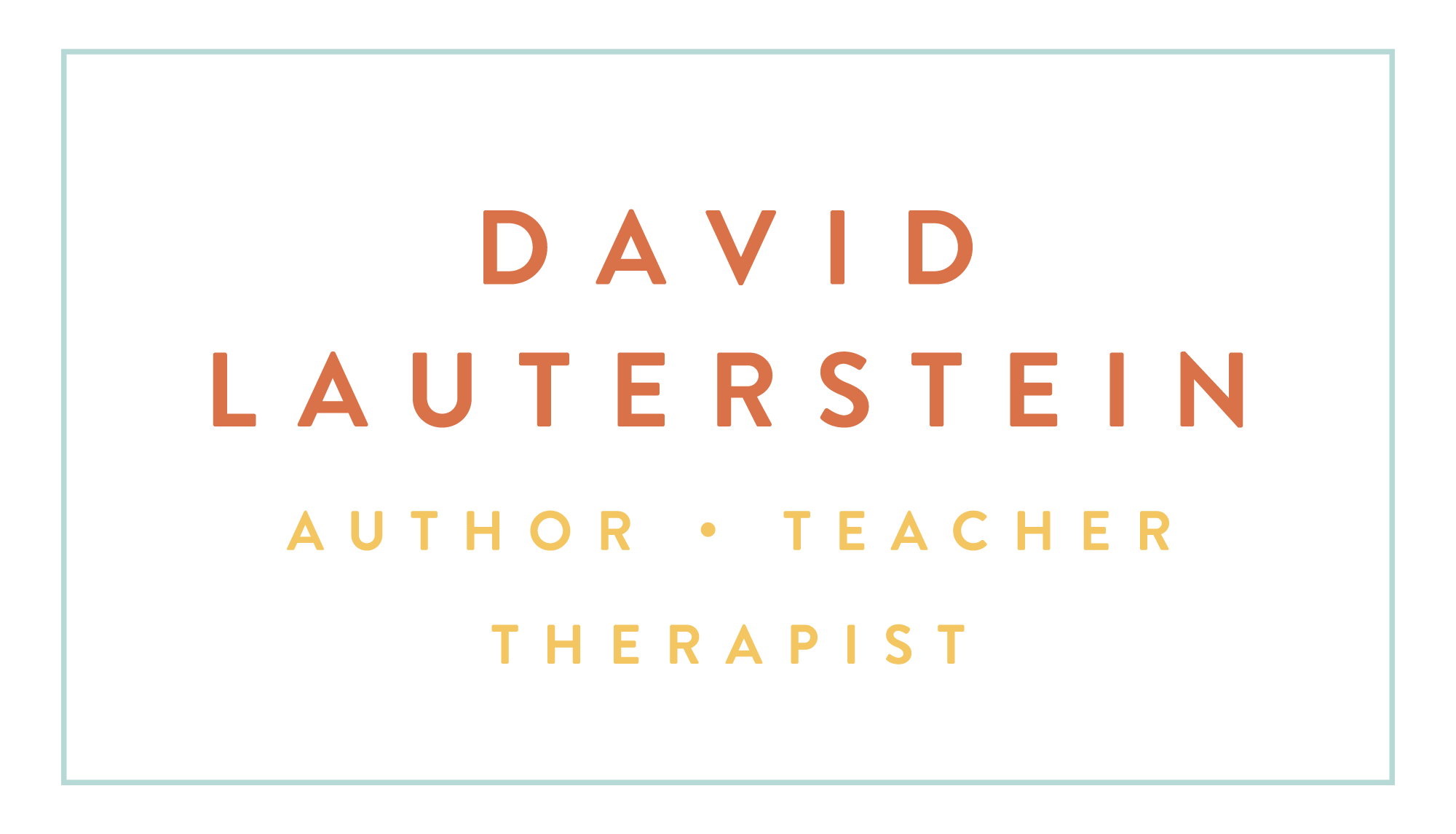SATYAGRAHA AND THE GREAT ALCHEMICAL OPPORTUNITY
In writings about alchemy, it is said that whatever material you want to transform – whether it is a material substance or a state of mind – you need to reduce the original form to something more undifferentiated. The form first needs to become what they called a “massa confusa”.
I have no doubt that virtually everyone now is in a state of “massa confusa” re our culture and politics. We are in a more chaotic field nationally and worldwide, often individually as well.
The good news is that being reduced to a kind of zero state is the precondition for transformation. The even better news is that if we now create a clearer, strong force field, it has the greater potential to override the less well-held, chaotic field.
Satyagraha is a pivot point for alchemy, for transformation of individuals and collectives. The term was coined by Mahatma Gandhi. Through his meeting and reading of Gandhi, the black minister Howard Thurman in turn inspired Reverend Martin Luther King, Jr. to take up the strategy of satyagraha and non-violence, ahimsa.
“ (Sanskrit: सत्याग्रह; satya: "truth", āgraha: "insistence" or "holding firmly to"), or holding firmly to truth,[1] or truth force,
“Its root meaning is holding on to truth, hence truth-force. I have also called it love-force or soul-force. In the application of satyagraha, I discovered in the earliest stages that pursuit of truth did not admit of violence being inflicted on one’s opponent but that he must be weaned from error by patience and compassion. For what appears to be truth to the one may appear to be error to the other. And patience means self-suffering. So the doctrine came to mean vindication of truth, not by infliction of suffering on the opponent, but on oneself.” - Mahatma Gandhi
PRINCIPLES
- Nonviolence (ahimsa)
- Truth – this includes honesty, but goes beyond it to mean living fully in accord with and
in devotion to that which is true
- Not stealing
- Non-possession (not the same as poverty)
- Body-labour or bread-labour
- Control of desires (gluttony)
- Fearlessness
- Equal respect for all religions
- Economic strategy such as boycott of imported goods (swadeshi)”
- from https://en.wikipedia.org/wiki/Satyagraha
How can this inform us in our therapeutic work?
Ahimsa in bodywork – not pushing the client’s body or mind to change through the application of mechanical or ideological force.
Truth – 1) “speak” to the body clearly with precise knowledge of anatomy and physiology 2) since we are non-verbal therapists, our touch needs to convey knowledge and care.
Not stealing – never hard-selling your clients; never valuing profit over healthcare
Non-possession – realize that the idea of “mine” is an illusion
Body-labour – there is an inherent honesty to massage and bodywork because we work in an unmediated way with the whole person.
Control of desires – applying with integrity your knowledge of transference and countertransference
Fearlessness – Every person is mysterious and the results of our work always unpredictable. Every person, every session is an unexplored territory, It’s wild! It takes not letting fear or self-consciousness prevent you from delivering your best.
Equal respect for all religions – We live in a time when the wisdoms conveyed by every tradition are more available to all people then ever before. Avail yourself of the best insights from science, Christianity, Judaism, Buddhism, Hinduism, Islam, etc. What a gift we have with access to these levels of knowledge.
Economic strategy – We have a sacred duty to speak up about businesses and organizations that make profit their first priority. Consider boycotting profiteers in the massage field. Healthcare needs to be the first and foremost priority in our field and, in the broadest sense, in our world.
When we practice satyagraha in our work, our work naturally tends to become applied soul-work, heart-mind work and not just bodywork.

